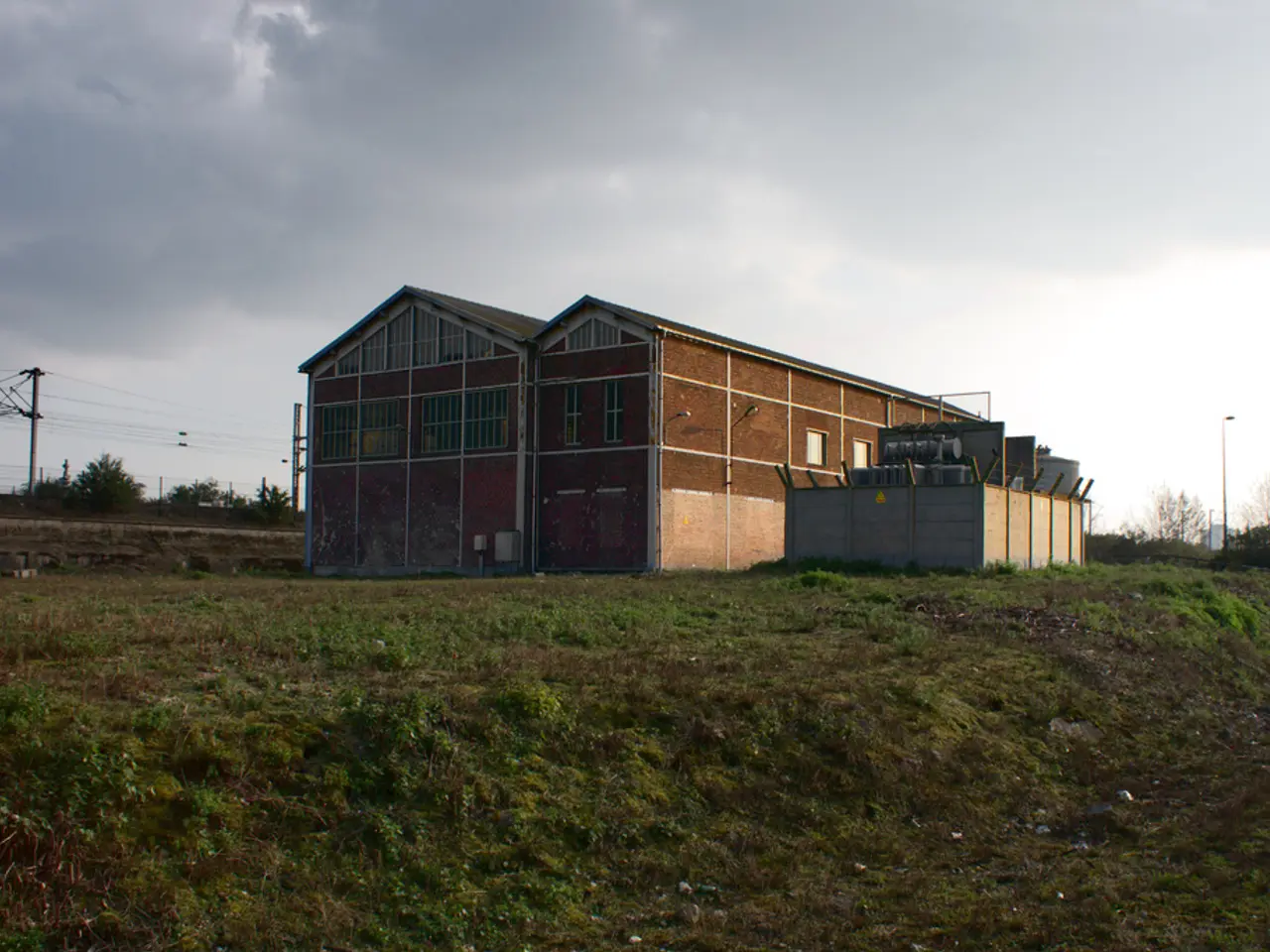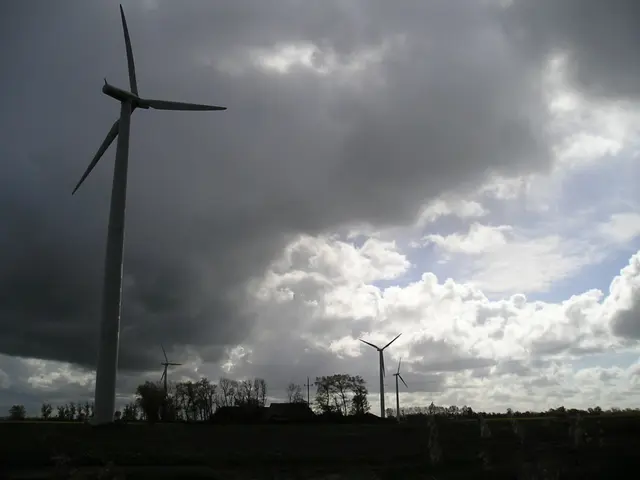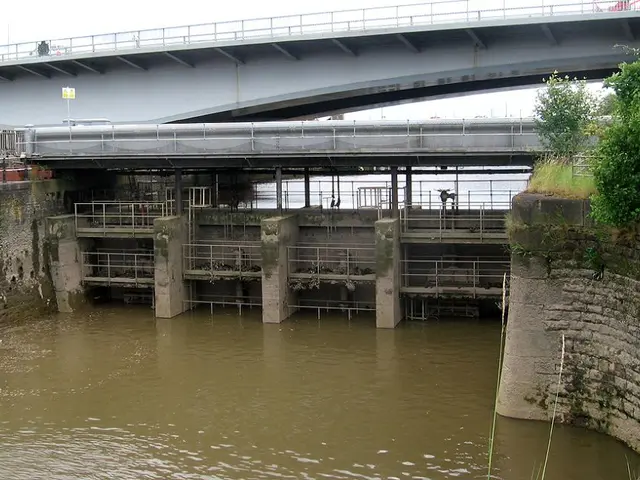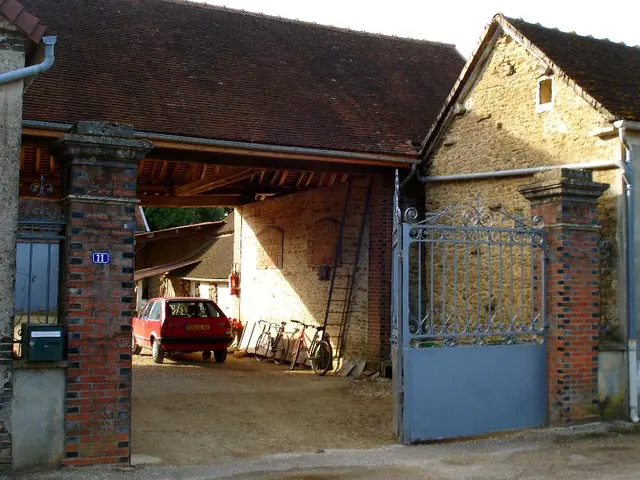Enhanced Power Networks and Innovative Energy Solutions: Securing the Power Grid Against Power Cuts
In recent years, energy experts in Canada, particularly in Ontario, have been seeking ways to make the electrical grid safer, more secure, and more reliable. The North American power grid is facing challenges due to increasing demands for transmission over longer distances since grid deregulation in 1992.
One key solution to preventing future blackouts lies in shifting the load. This can be achieved through the use of smart meters, smart thermostats, and internet-enabled thermostats. These devices collect real-time data on energy use in homes and businesses, offering more energy when needed and pairing down the energy needs when not in use. This is known as the smart grid.
Internet-enabled thermostats, such as those made by Honeywell and Nest Labs, allow consumers to lower or raise home temperatures to save energy using a simple app on their smartphone. In Ontario, there is a smart thermostat program that allows utility companies to automatically adjust temperatures in homes to offset demand needs.
Utility companies are also exploring the use of new energy efficiency appliances to shift energy use needs to off-peak hours. These appliances can trigger household energy products like air conditioners, swimming pool pumps, and washing machines to work when demand is lower.
Another option being considered is the micro-grid. This is a small grid that keeps local power sources separate but uses them to contribute to the large grid. In case of a system failure, the micro-grid can be self-sufficient, providing power to local areas.
Electric cars are also playing a role in this shift. V2G, or Vehicle to Grid, allows electric cars to provide power back to the grid during periods of high demand, helping to balance the grid and reduce the need for traditional power plants. This could potentially make the entire electrical grid more efficient, and in case of failure, alternative options could be immediately available.
In addition, energy experts are looking into different ways of storing excess energy. One concept currently being analyzed is that of compressed air, where excess wind energy is used to store compressed air underground for use during periods of low demand.
Municipalities are also considering measures such as deploying smart meter technology and intelligent control systems for heat pumps and air conditioning to better manage electricity consumption and avoid future power outages. These efforts are often integrated into overarching strategies aimed at improving grid resilience and optimizing demand response through smart devices.
Public utilities may soon be able to use electric car batteries to provide power during outages. This could offer energy security and green energy opportunities, as well as contributing to the overall reliability of the electrical grid.
In conclusion, the future of energy is looking bright, with the exploration of smart grids, V2G, energy storage, and off-grid renewable power offering promising solutions to the challenges faced by the North American power grid.
Read also:
- Demonstrators advocate for enhanced medical treatment for cystic fibrosis patients in Latvia
- Brown Grass Turning Green: A Detailed Timeline and Methods Guide
- "A Single Immunization May Offer Prolonged Protection Against HIV in Children, According to New Research"
- Gambling establishments issue warnings about potential hip and knee injuries due to risky activities








